This project builds on the work of PeeVeeOne - thanks a bunch to them!
This project is based around the JN5168, a wireless microcontroller that can be used in ZigBee applications.
Source code is available here: https://github.com/someone42/ZLL_Lights. Unfourtunately, some parts of NXP's ZigBee stack are closed-source, so this project is not pure open-source.
 Chris Chua
Chris Chua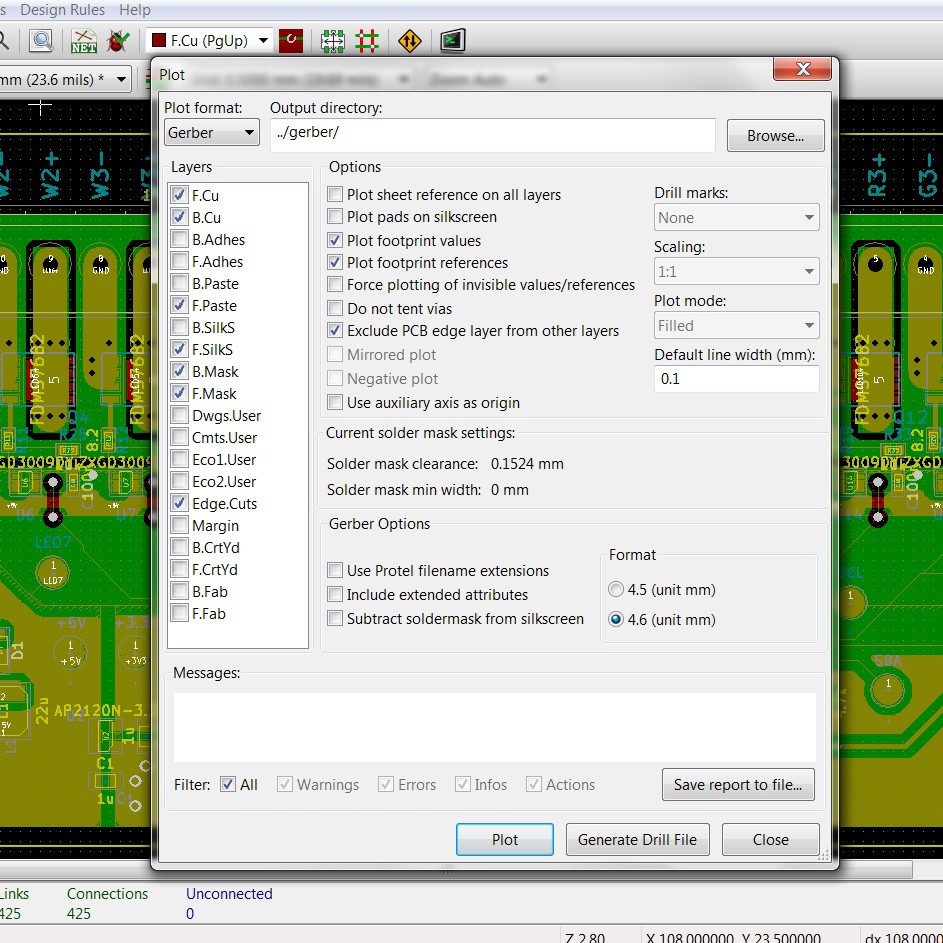
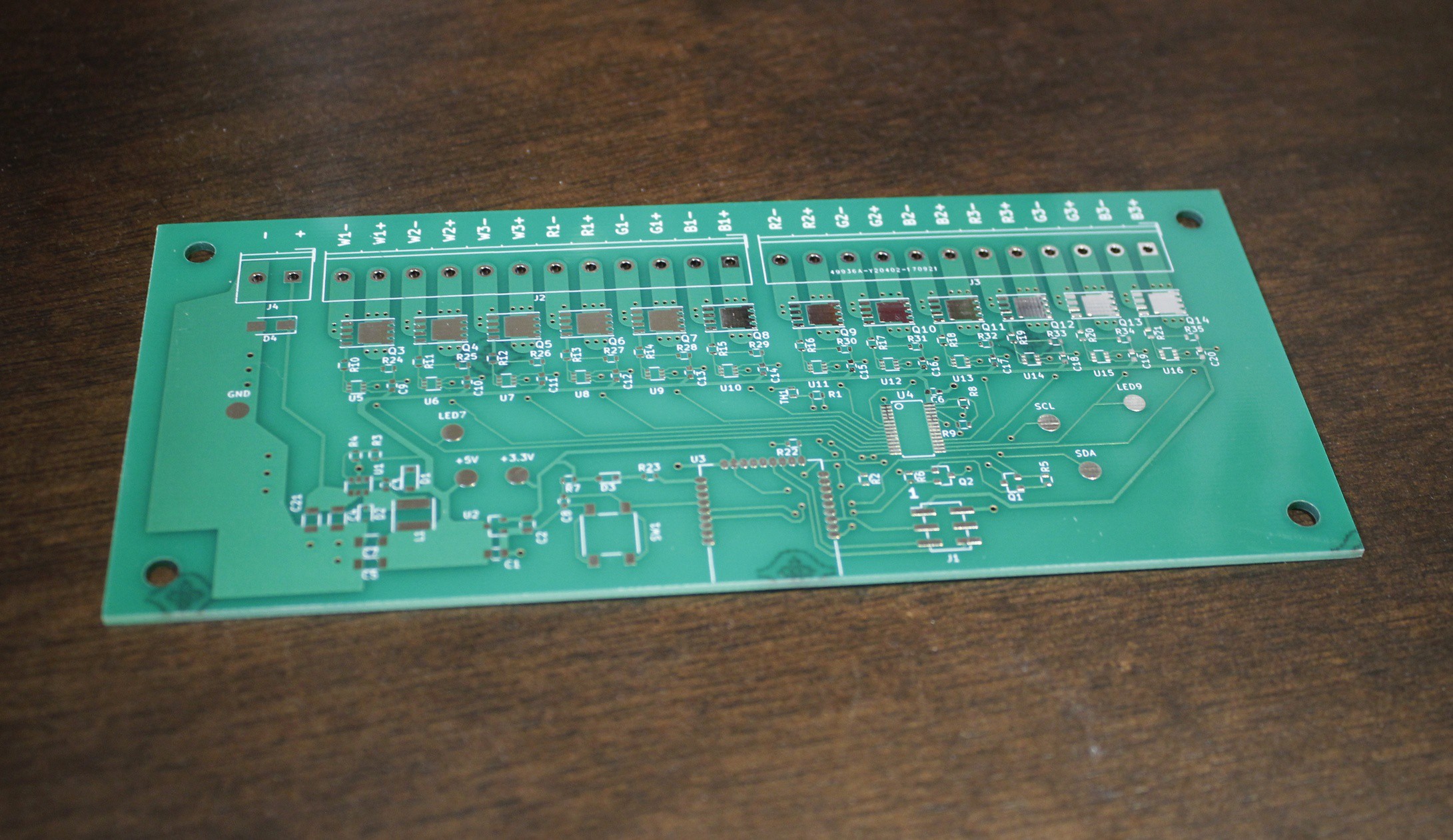
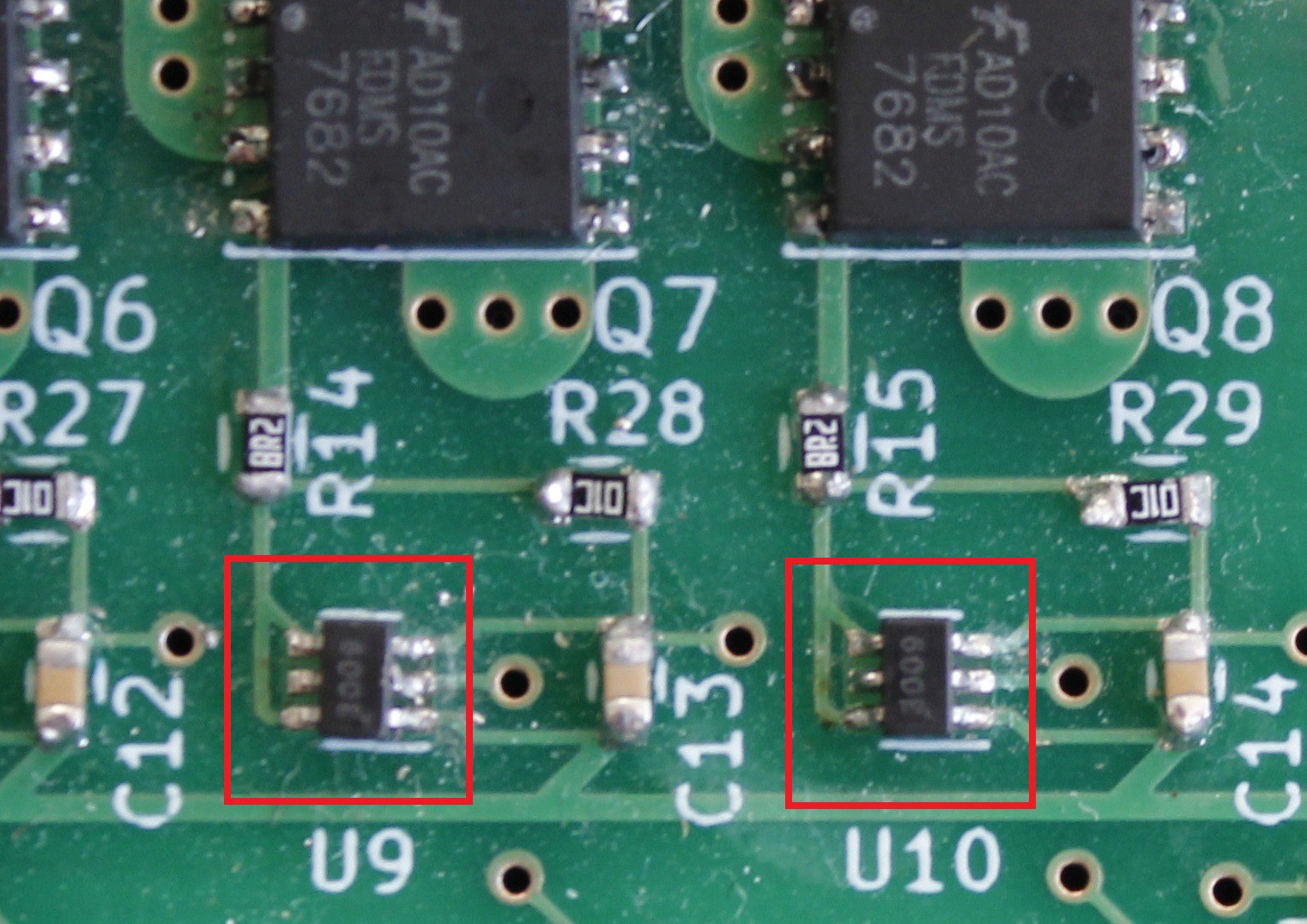

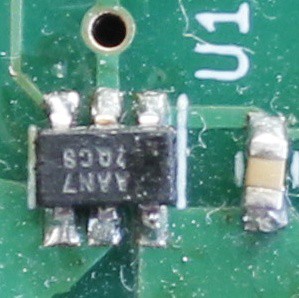
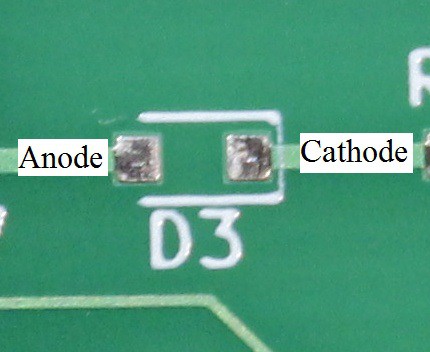


 Daphne
Daphne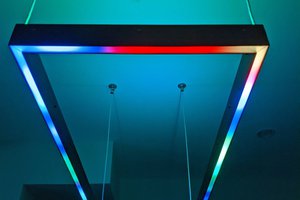
 Steve Pomeroy
Steve Pomeroy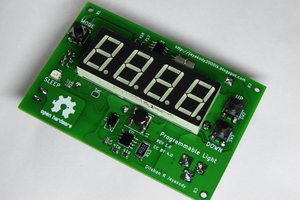
 Dilshan Jayakody
Dilshan Jayakody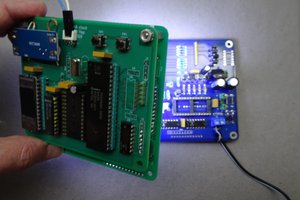
 Ken Yap
Ken Yap
Thanks for sharing your project. I've just received 5 large and 10 mini pcbs which I had made to play with. Also ordered enough parts to build 3 large and 5 mini boards as I'm sure to mess up at least some! I've never tried using solder paste before but theres a first time for everything, I couldnt figure out how to deal with the mosfets heatsinks with a soldering iron.